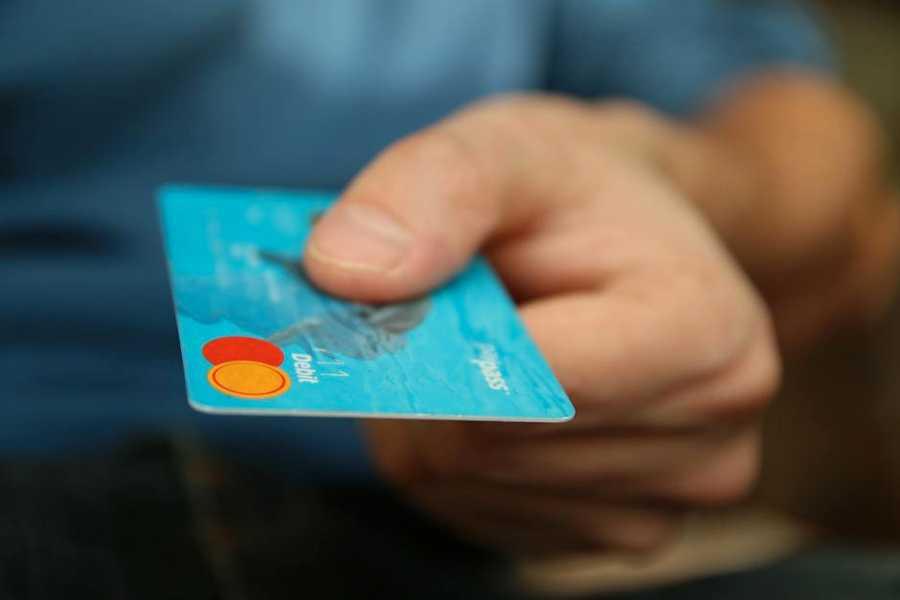Explore the World's Best Ideas
Join today and uncover 100+ curated journeys from 50+ topics. Unlock access to our mobile app with extensive features.
Murphy, Parkinson and Paco
- Murphy’s law: Anything that can go wrong will go wrong.
- Parkinson’s law: Work expands to fill the time available for its completion.
- Paco’s law: Your spending will equal what you have available to spend.
Not true for all, but the amount of people who are struggling with getting a grip on their spending is so huge that there should be a law for it.
69
545 reads
Spend Only What's In The Account
Paco’s law is basically a way for you to pour a specific amount of something (money) into a container (a checking account) in order to ensure you only consume (spend) a certain amount.
Knowing about Paco’s law is the first step to not becoming a victim of it.
54
413 reads
How To Tell If You Are Overspending
How do you know if you’re overspending?
Look out for the signs:
1. You save less than 5 percent of your income
2. Your credit card balances aren’t going down
3. Your credit score is below 600
4. You have no emergency fund
5. You’ve never made a budget
6. You’ve paid an overdraft fee
Even if you’re pretty good with your money, separating your spending can help you in two ways — boosting your savings and/or refocusing your spending in a way that’s more aligned with your values.
58
336 reads
Set Up Two Different Checking Accounts
Set up two separate checking accounts — one checking account for all the bills and living expenses and one checking account for all the fun and bs expenses.
• Fund each account with how much you need.
• Separate your spending — only pay for bills and living expenses out of the bills and life account, and only use the fun account for the nonessentials in your life.
This system only works if you make sure that you adopt this rule as a part of the operating process.
55
232 reads
Take A Look At Your Spendings
Once a week, give your bills and life account some attention to make sure that things look normal.
For example, if you have a $1000 buffer, check in to make sure that you haven’t dipped below that buffer. And if you have, you can investigate further. You’ll also need to look at your fun account balance before you actually go out or spend money on non-essential purchases.
Looking at your account balances is the bare minimum of getting your finances in order. In the health and fitness world, it’s the equivalent of not sitting on your couch all day.
54
198 reads
Pro Tip 1: Build a Buffer
An ideal buffer is an entire month’s worth of expenses, but less can work too. You could slowly build up your buffer by adding a little bit more to your bills and life account until you have a month’s worth of expenses on hand.
If you don’t have enough of a buffer, you might need to spend some time figuring out a schedule for paying your bills. Usually, you can call and have those due dates changed. Yes, you have to sit down and make phone calls and it’s annoying, but the effort is worth the confidence you’ll feel that your system is set up to work properly.
54
182 reads
Pro Tip 2: Don’t Bring Your Bills and Life Debit Card To a Fun Situation
If you’re going out for a night of fun, leave your responsible bills and life debit card at home. Do not tempt yourself with it. When you’ve had a few libations and you’re feeling full of emotion and want to buy drinks for everyone at the bar, it’s best not to have that temptation present.
Remember: The quality of your financial decisions can be drastically improved by avoiding an environment where you will be tempted to make bad decisions.
52
179 reads
The Hedonic Treadmill
The hedonic treadmill is a concept that says humans will keep relatively stable levels of happiness despite positive or negative events.
There isn’t anything inherently wrong with growth and improvement or with setting goals, achieving them and then setting higher ones. But the constant drive for more can be damaging when you are not conscious of your motivation or of the fact that you’re even on the hedonic treadmill.
54
220 reads
Pro Tip 3: Two Approaches To Tackle The Hedonic Treadmill
- Step off the hedonic treadmill temporarily by choosing not to buy nonessentials for a period of time. Try 30 days, or if you’re feeling wacky, a few months or a whole year.
- Create a list of all the things you want to buy. Feel free to go full nerd on it: Do research, make notes, make it a handsome list. Any time you want to buy something put it on that list. Then, make a rule for how long a thing needs to be on the list before you buy it — it could be 24 hours or a few months. Your mind will then get trained for delayed gratification.
58
177 reads
Pro Tip 4: This System Only Requires Effort, not Skill
This method of managing your finances doesn’t require technical skills. It’s not like dunking a basketball or dribbling one. It only takes your time and effort to get it up and running and then some more time and effort to maintain it. There is no reason to think you can’t do either of those things.
it’s silly to fail at things that don’t require skill and only require effort.
- Effort is something you can control; you could even make it a habit.
- Skill takes a lifetime of practice, patience and time — multiplied by effort.
58
158 reads
IDEAS CURATED BY
Rylee 's ideas are part of this journey:
Learn more about habits with this collection
How to use storytelling to influence and persuade
How to create a compelling narrative
How to structure your story for maximum impact
Related collections
Similar ideas
8 ideas
11 ideas
1 idea
Read & Learn
20x Faster
without
deepstash
with
deepstash
with
deepstash
Personalized microlearning
—
100+ Learning Journeys
—
Access to 200,000+ ideas
—
Access to the mobile app
—
Unlimited idea saving
—
—
Unlimited history
—
—
Unlimited listening to ideas
—
—
Downloading & offline access
—
—
Supercharge your mind with one idea per day
Enter your email and spend 1 minute every day to learn something new.
I agree to receive email updates





